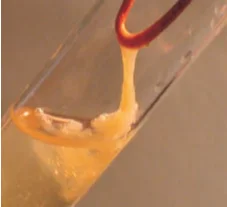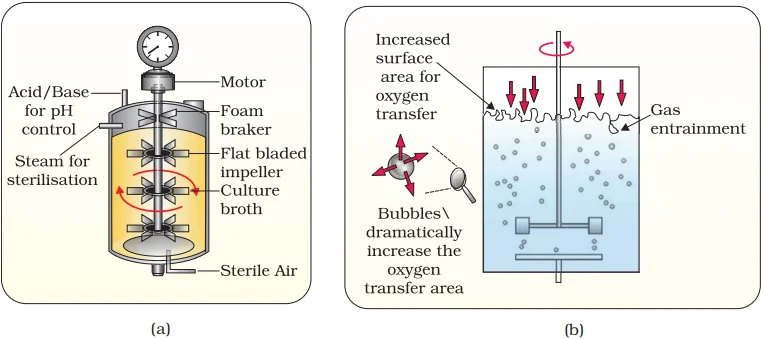![]() 19 Dec 2023
19 Dec 2023
Power and Potential of Recombinant DNA Technology:
Recombinant DNA technology, a cornerstone of modern biotechnology, involves the manipulation of genetic material to create novel DNA sequences. This revolutionary technology has applications in medicine, agriculture, and industry, transforming various fields through genetic engineering.
Isolation and Purification Processes in Recombinant DNA Technology:
Genes are located on long molecules of DNA interwined with proteins such as histones.



<div class="new-fform">
</div>